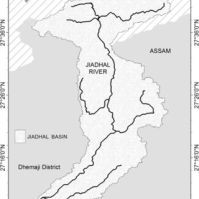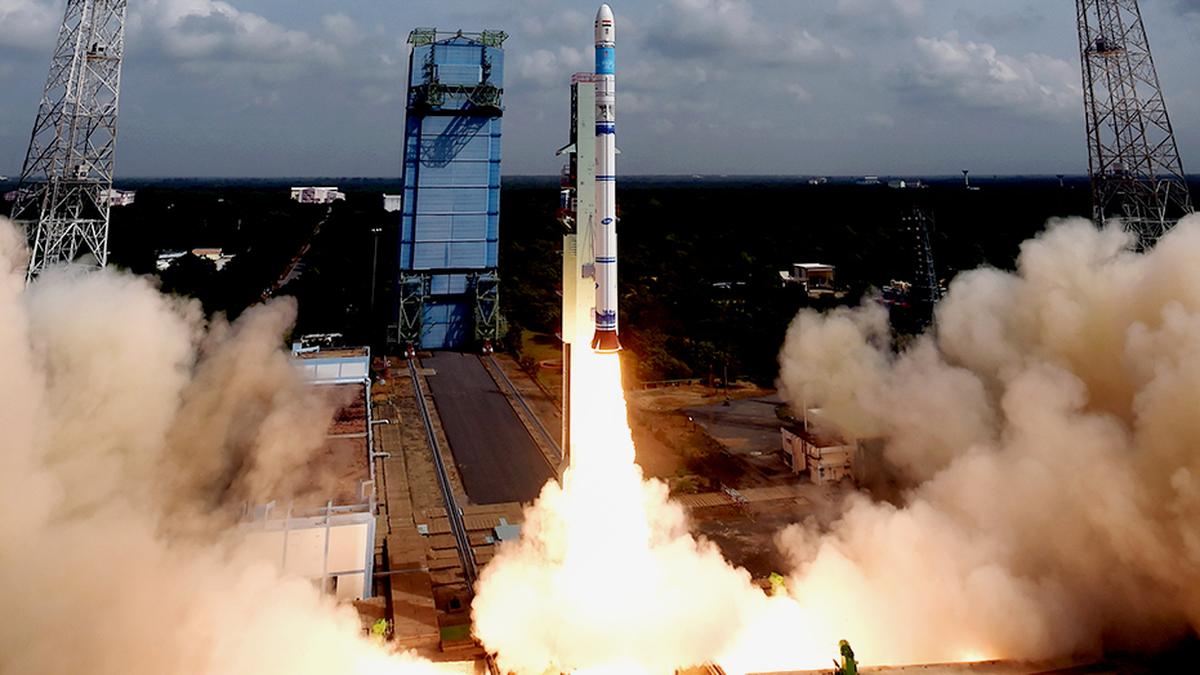- Courses
- GS Full Course 1 Year
- GS Full Course 2 Year
- GS Full Course 3 Year
- GS Full Course Till Selection
- Answer Alpha: Mains 2025 Mentorship
- MEP (Mains Enrichment Programme) Data, Facts
- Essay Target – 150+ Marks
- Online Program
- GS Recorded Course
- Polity
- Geography
- Economy
- Ancient, Medieval and Art & Culture AMAC
- Modern India, Post Independence & World History
- Environment
- Governance
- Science & Technology
- International Relations and Internal Security
- Disaster Management
- Ethics
- NCERT Current Affairs
- Indian Society and Social Issue
- NCERT- Science and Technology
- NCERT - Geography
- NCERT - Ancient History
- NCERT- World History
- NCERT Modern History
- CSAT
- 5 LAYERED ARJUNA Mentorship
- Public Administration Optional
- ABOUT US
- OUR TOPPERS
- TEST SERIES
- FREE STUDY MATERIAL
- VIDEOS
- CONTACT US
Jiadhal River: A Majestic Tributary of the Brahmaputra
Jiadhal River: A Majestic Tributary of the Brahmaputra
16-04-2024

The Jiadhal River is a sub-tributary of the Brahmaputra River in the Indian state of Assam that has become a poignant example of the harsh realities of climate change.
- The river has experienced frequent flooding and channel migration, and is prone to bank erosion, sediment deposition, and extensive flooding during the monsoon season. The Jiadhal River is also known as “Sorrow of Dhemaji” for the heavy damage caused by annual flood and erosion.
About the Jiadhal River:
1. Course:
- Originates in the sub-Himalayan mountains of Arunachal Pradesh at an elevation of 1247 meters.
- After navigating a narrow gorge in Arunachal Pradesh, it enters the plains of Assam in Dhemaji district, exhibiting a braided channel pattern.
- The river eventually merges with the Brahmaputra near Selamukh in Lakhimpur district.
- After the construction of embankment on Kherkutia Suti of Brahmaputra, Jiadhal river now confluences with Subansiri river.
2. Length:
- The total length of the Jiadhal River is approximately 187 kilometers.
3. Topography:
- The upper part of the basin is predominantly hilly, while the middle and lower sections transition into a plain area.
4. Catchment Area:
- The total catchment area of the Jiadhal River is 1053.20 square kilometers, divided between Assam and Arunachal Pradesh.
5. Rainfall and Silt Load:
- The sub-basin of Jiadhal experiences heavy rainfall.
- During the rainy season, the river carries a significant silt load from its catchment area, leading to the deposition of sediments on its bed in the plains and a consequent rise in riverbed elevation.
6. Flooding and River Dynamics:
- Jiadhal is famous for its frequent diversions and devastating floods.
- The river exhibits characteristics of a flashy river, producing sudden and intense floods with a high discharge over a short duration, often accompanied by a substantial sediment load and debris.
FAQs:
Q1: Main Tributaries of Brahmaputra:
The primary tributaries joining the Brahmaputra from the right bank include the Lohit, Dibang, Subansiri, Jiabharali, Dhansiri, Manas, Torsa, Sankosh, and Teesta. From the left bank, it is joined by the Burhidihing, Desang, Dikhow, Dhansiri, and Kopili.
Must Check: Best IAS Coaching In Delhi



